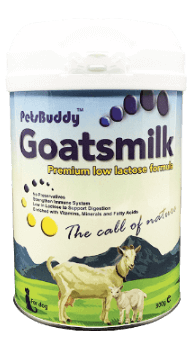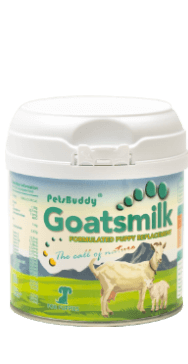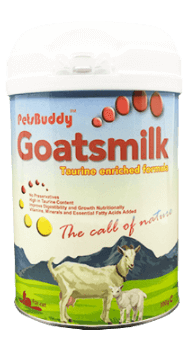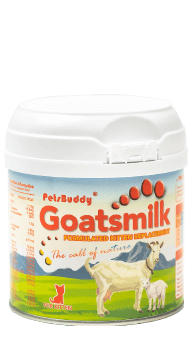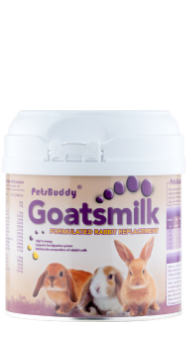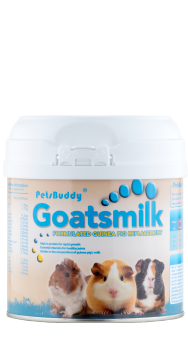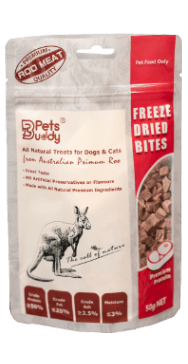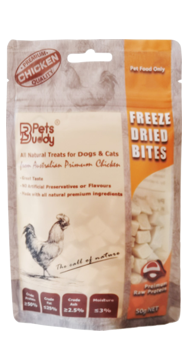According to one research team, greenhouse gas emissions associated with kibble production accounted for 1.1 to 2.9% of total agricultural emissions.
While exactly how much pet food production contributes to climate change remains a wide-ranging estimate, a research team in Scotland calculated that dog food may be associated with higher greenhouse gas emissions and land use than cat food. Likewise, premium dog and cat foods may correlate with more climate changing pollution than conventional varieties.
Previous estimate of pet food environmental impact
In 2017, PLoS ONE published an estimate that dog and cat food ingredients account for approximately 25-30% of U.S. meat-related ecological impacts. However, other scientists pointed out flaws in the methodology, such as assuming that all by-products could be used for human food. Similarly, previous estimates of pet food’s contribution to climate change assigned an equal value to the amount of greenhouse gas associated with muscle meat as with by-products. In other words, filet mignon and beef meal were considered equally, whereas the production of the prime steak led to the existence of byproducts to be rendered into meal.
The use of byproducts keeps nutritious morsels like chicken hearts and pig kidneys from being wasted. It also provides an economic input for ranchers, making their operations more financially viable, so byproducts need to be considered in environmental impacts, the scientists wrote in the Global Environmental Change paper. In their own study, the researchers estimated greenhouse gas emissions and resource use associated with global dry dog and cat food production. To address byproducts, the researchers assessed the economic value of byproducts as a percentage of the total value of that animal’s products. By-products were then assigned a corresponding percentage of that livestock’s resource use and climate change contribution. Likewise, the scientists assigned different weighting to the top five ingredients and discerned between premium versus standard formulations, as well as differences between cat and dog diets. While by-products and formulations were considered, the study didn’t include everything. Wet and raw dog or cat foods’ effects weren’t estimated, nor were any other type of animals’ diets. The study didn’t consider packaging, transportation and administrative contributions to the pet food industry’s environmental effects.
Greenhouse gas production and resource use by pet food production
According to Alexander’s research team, greenhouse gas emissions associated with kibble production accounted for 1.1 to 2.9% of total agricultural emissions. Those percentages equated to the equivalent of between 56 and 151 metric tons of carbon dioxide. Worldwide, the equivalent of 41 to 58 million hectares of agricultural land are devoted to pet food ingredient production, or 0.8 to 1.2% of the global total. Pet food production accounted for 5 to 11 cubic kilometers of freshwater use, making up 0.2 to 0.4% of all water extracted for agriculture. Approximately 70% of the greenhouse gas emissions associated with kibble production comes from animal products, including both meat and byproducts. For water usage, approximately 50 to 60% relates to crop products within pet foods. Poultry and its byproducts were the most abundant animal products, while corn was the most prevalent plant.
Among premium and conventional, as well as dog versus cat, formulations, the researchers noted differences with implications for those recipes’ environmental effects. Comparing categories of pet foods, higher proportions of meat resulted in greater greenhouse emissions and agricultural land use, the researchers wrote. Premium brands contributed 3.3 times more towards climate change compared to conventional cat food and 2.3 times that of conventional dog food. Dog food accounted for 1.6 times the emissions of cat food.
